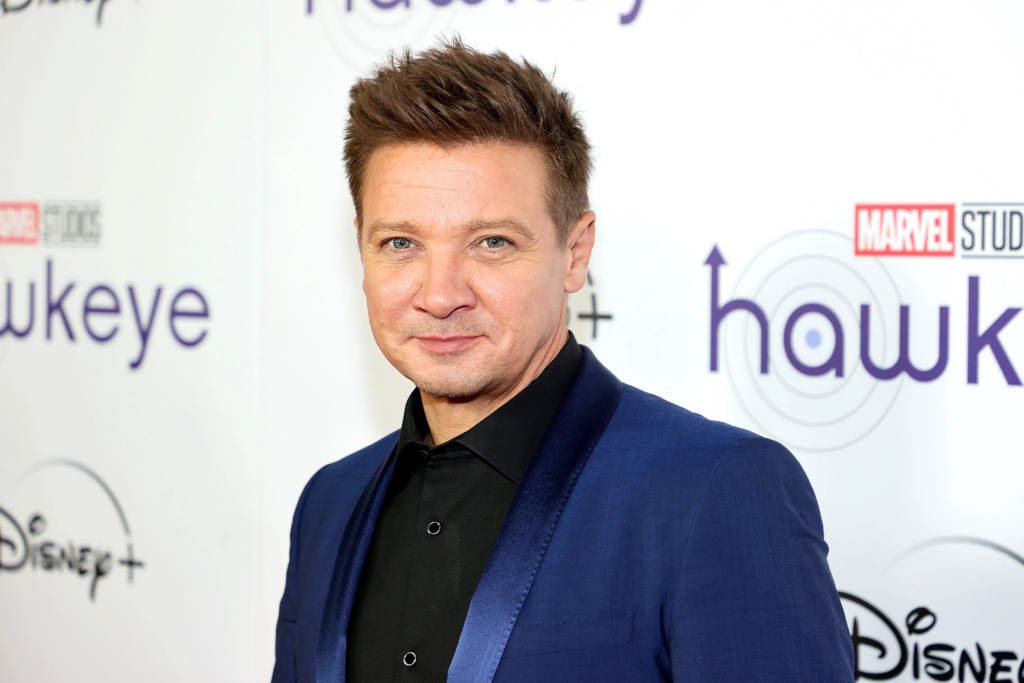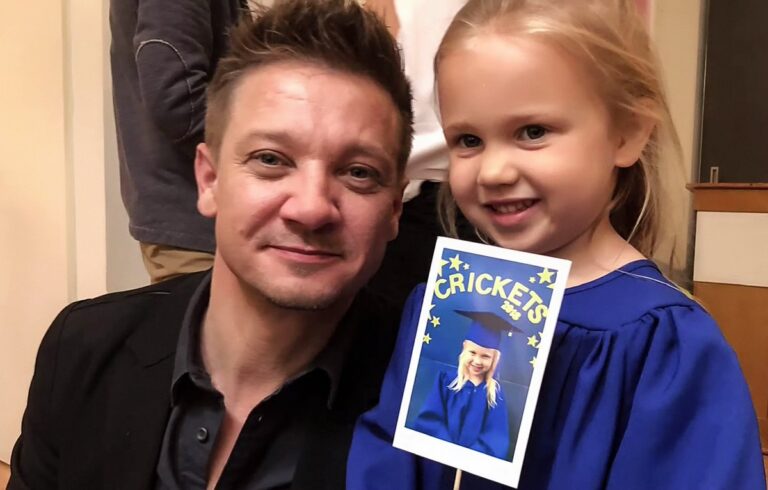Introduction
Jeremy Renner, a renowned actor known for his roles in blockbuster movies, faced a profoundly personal and challenging journey when his daughter was diagnosed with cancer. This heart-wrenching experience, shared by millions of families worldwide, brings to light the struggles and triumphs encountered during a child’s battle with this devastating disease.
In this comprehensive guide, we delve into the intricacies of childhood cancer, focusing on the type of cancer Jeremy Renner‘s daughter faced, its implications, treatments, and the emotional rollercoaster families endure.
Understanding Childhood Cancer
To comprehend the ordeal faced by Jeremy Renner and his daughter, it’s crucial to have a fundamental understanding of childhood cancer. Unlike adult cancers, childhood cancers are often the result of DNA changes in cells that occur early in life, sometimes even before birth. While these changes are largely unpredictable and unpreventable, advancements in medical research have significantly improved treatment outcomes.
Types of Childhood Cancers
Childhood cancers come in various forms, each with unique challenges. Leukemia, brain and central nervous system tumours, and neuroblastoma are among the most common. While it’s not publicly known which specific type of cancer Jeremy Renner’s daughter battled, each type requires a tailored approach to treatment and care.

Leukemia in Children
Leukemia, a cancer of the blood and bone marrow, is the most common cancer in children and teens. It affects the body’s ability to produce healthy blood cells. Treatment typically involves chemotherapy and, in some cases, bone marrow transplants.
Brain and Central Nervous System Tumors
These tumours are the second most common cancers in children. Treatment can be complex, often involving surgery, radiation therapy, and chemotherapy. The location and type of tumour dictate the treatment approach and prognosis.
Neuroblastoma
This cancer develops in the sympathetic nervous system and most commonly affects infants and young children. Treatment plans for neuroblastoma can include surgery, chemotherapy, radiation therapy, and stem cell transplant.
Diagnosis and Treatment
The diagnosis of cancer in a child is a life-altering moment for any family. It involves a series of tests and evaluations to determine the type and stage of cancer. Like many parents, Jeremy Renner’s experience would have involved navigating these complex and emotionally taxing processes.

Emotional Impact and Family Dynamics
The emotional toll of a child’s cancer diagnosis cannot be overstated. Families often experience various emotions, from shock and disbelief to fear and anger. Parents, including public figures like Jeremy Renner, must balance their grief with the need to support and strengthen their children.
Support Systems and Coping Mechanisms
Having a robust support system is vital in these situations. This can include family, friends, healthcare professionals, and support groups. Many parents also find solace in counselling and therapy to help manage the emotional burden.
Advancements in Treatment
Thankfully, pediatric oncology advancements have improved survival rates for many childhood cancers. These advancements include targeted therapies, immunotherapies, and more effective chemotherapy regimens. These treatments, while challenging, offer hope to families like Jeremy Renner’s.
Life After Cancer
Surviving cancer is a monumental achievement, but the journey doesn’t end there. Many childhood cancer survivors face long-term health and psychological effects. Regular follow-up care is crucial, including physical, emotional, and cognitive assessments.
The Role of Celebrities in Cancer Awareness
Celebrities like Jeremy Renner, who share their personal experiences with childhood cancer, play a vital role in raising awareness and funding for research. Their platforms can highlight the challenges of childhood cancer, promote understanding, and encourage support for affected families.
The Psychological Impact on the Child
The psychological impact of cancer on a child, as Jeremy Renner’s daughter would have experienced, is profound. For a child, the world of hospitals, treatments, and uncertainty is daunting. It alters their everyday life, often leading to feelings of isolation, fear, and confusion. Young patients face challenges ranging from missing school and social activities to coping with treatment side effects.
Parents and healthcare providers must address these psychological aspects with as much care as the physical ones. Therapies, counselling, and support groups tailored for children can play a crucial role in helping them process their emotions and maintain a positive outlook during their treatment journey.
The Importance of Research and Awareness
Jeremy Renner’s daughter’s cancer battle underscores the importance of ongoing research and public awareness in the fight against childhood cancer. Despite advancements, there is still much to be understood about the causes and best treatment protocols for various types of childhood cancers. Increased funding and research are crucial for developing more effective, less invasive treatments.
Public awareness campaigns, often championed by celebrities and public figures, are vital. They raise necessary funds, help destigmatise the disease, offer hope and support to those affected, and highlight the importance of early detection and treatment.

Conclusion
Jeremy Renner’s daughter’s battle with cancer sheds light on the broader issue of childhood cancer, its impact on families, and the importance of medical research and support systems. While each child’s cancer journey is unique, stories like these remind us of the resilience of the human spirit and the importance of hope in the face of adversity.

